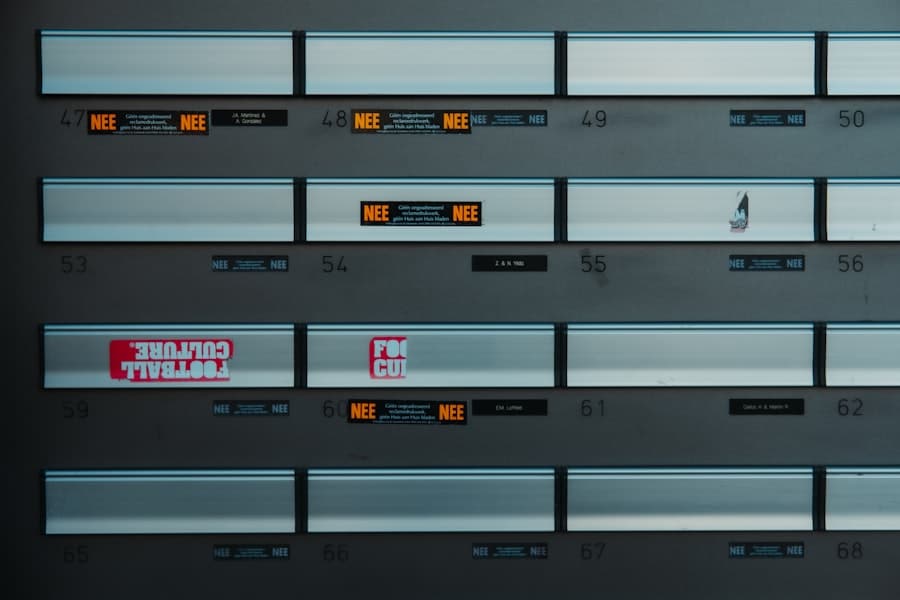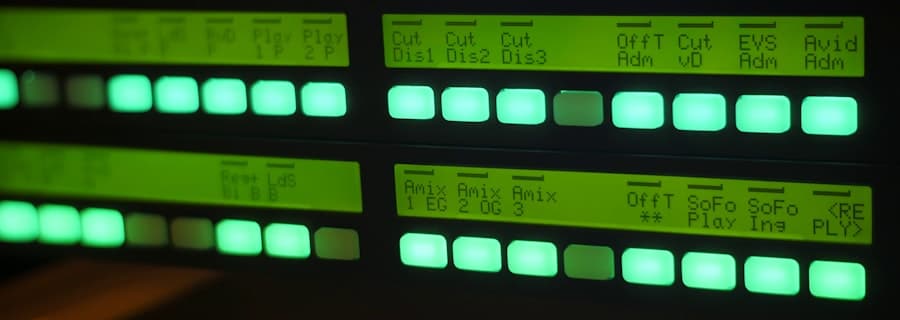In an era where cyber threats are becoming increasingly sophisticated and pervasive, the need for real-time threat intelligence platforms has never been more critical. These platforms serve as the frontline defense against a myriad of cyber threats, providing organizations with timely and actionable insights into potential vulnerabilities and attacks. Real-time threat intelligence encompasses the collection, analysis, and dissemination of information regarding threats as they occur, enabling organizations to respond swiftly and effectively.
The dynamic nature of cyber threats necessitates that organizations not only gather intelligence but also interpret it in real-time to mitigate risks before they escalate into significant breaches. Real-time threat intelligence platforms aggregate data from various sources, including network traffic, user behavior, and external threat feeds. By synthesizing this information, these platforms can identify patterns and anomalies that may indicate a security incident.
As cybercriminals continue to evolve their tactics, the ability to leverage real-time intelligence becomes paramount for organizations aiming to safeguard their digital assets and maintain trust with their stakeholders.
Key Takeaways
- Real-time threat intelligence platforms provide up-to-the-minute information on potential cyber threats, allowing organizations to respond quickly and effectively.
- Current challenges in real-time threat intelligence include the overwhelming volume of data, the need for accurate and reliable information, and the ability to integrate with existing security systems.
- Advancements in technology, such as big data analytics and cloud computing, have improved the speed and accuracy of real-time threat intelligence platforms.
- Artificial intelligence and machine learning play a crucial role in real-time threat intelligence by automating the analysis of large datasets and identifying patterns and anomalies.
- Automation is essential in real-time threat intelligence platforms to enable rapid response to threats and reduce the burden on security teams.
Current Challenges in Real-Time Threat Intelligence
Data Overload: A Major Hurdle
One of the most significant issues is the sheer volume of data generated daily. Organizations are inundated with alerts and notifications from various security tools, making it difficult to discern which threats require immediate attention. This overwhelming influx of information can lead to alert fatigue among security teams, resulting in critical threats being overlooked or mismanaged.
Integration Challenges: A Barrier to Comprehensive Threat Intelligence
Another challenge is the integration of disparate data sources. Many organizations utilize a variety of security tools and platforms, each generating its own set of data. The lack of interoperability between these systems can create silos of information, making it difficult to achieve a comprehensive view of the threat landscape. This fragmentation can lead to delays in response times and hinder the overall effectiveness of threat intelligence efforts.
Data Quality: A Critical Factor in Threat Intelligence
Furthermore, organizations often struggle with the quality of the data they collect; inaccurate or outdated information can lead to misguided responses and exacerbate security vulnerabilities.
Advancements in Technology for Real-Time Threat Intelligence

The landscape of real-time threat intelligence is continuously evolving, driven by advancements in technology that enhance the capabilities of these platforms. One notable development is the increased use of cloud computing, which allows organizations to scale their threat intelligence operations more efficiently. Cloud-based platforms can process vast amounts of data in real-time, enabling organizations to analyze threats as they emerge without the limitations of on-premises infrastructure.
This scalability is particularly beneficial for businesses experiencing rapid growth or those with fluctuating data needs. Additionally, the integration of advanced analytics tools has transformed how organizations interpret threat data. Machine learning algorithms can analyze historical data to identify trends and predict future threats, allowing security teams to stay one step ahead of cybercriminals.
These algorithms can also automate the correlation of data from multiple sources, providing a more holistic view of potential threats. As technology continues to advance, real-time threat intelligence platforms are becoming more sophisticated, enabling organizations to respond to threats with greater speed and accuracy.
The Role of Artificial Intelligence and Machine Learning in Real-Time Threat Intelligence
Artificial intelligence (AI) and machine learning (ML) are at the forefront of transforming real-time threat intelligence platforms. These technologies enable systems to learn from past incidents and adapt their responses accordingly. For instance, AI-driven systems can analyze user behavior patterns to establish baselines for normal activity.
When deviations from these baselines occur—such as unusual login attempts or data access patterns—the system can flag these anomalies for further investigation. This proactive approach significantly enhances an organization’s ability to detect potential threats before they escalate into full-blown attacks. Moreover, AI and ML facilitate the automation of repetitive tasks within threat intelligence processes.
By automating data collection and analysis, security teams can focus their efforts on more strategic initiatives rather than being bogged down by manual processes. For example, AI can automatically sift through vast amounts of threat data from various sources, identifying relevant information and presenting it in a digestible format for analysts. This not only improves efficiency but also enhances the accuracy of threat detection by minimizing human error.
The Importance of Automation in Real-Time Threat Intelligence Platforms
Automation plays a crucial role in enhancing the effectiveness of real-time threat intelligence platforms. By automating routine tasks such as data collection, analysis, and reporting, organizations can significantly reduce response times to potential threats. Automated systems can continuously monitor network traffic and user behavior, instantly flagging any anomalies that may indicate a security breach.
This level of vigilance is essential in today’s fast-paced digital environment, where threats can emerge and evolve within seconds. Furthermore, automation helps alleviate the burden on security teams, allowing them to allocate their resources more effectively. With automated systems handling the initial stages of threat detection and analysis, human analysts can concentrate on investigating complex incidents that require nuanced understanding and decision-making.
This not only improves overall efficiency but also enhances the organization’s ability to respond to sophisticated attacks that may evade automated detection methods.
The Impact of Real-Time Threat Intelligence on Cybersecurity

The implementation of real-time threat intelligence has a profound impact on an organization’s cybersecurity posture. By providing timely insights into emerging threats, these platforms enable organizations to adopt a proactive approach to security rather than a reactive one. This shift in mindset is crucial for mitigating risks associated with cyberattacks, which can have devastating financial and reputational consequences.
For instance, organizations equipped with real-time threat intelligence can implement immediate countermeasures when a potential attack is detected, thereby reducing the likelihood of a successful breach. Moreover, real-time threat intelligence fosters collaboration among different departments within an organization. Security teams can share insights with IT departments, compliance officers, and executive leadership, creating a unified front against cyber threats.
This collaborative approach ensures that all stakeholders are informed about potential risks and can contribute to developing comprehensive security strategies. As a result, organizations become more resilient against cyber threats, enhancing their overall security posture.
Future Trends and Predictions for Real-Time Threat Intelligence Platforms
As technology continues to advance at an unprecedented pace, several trends are emerging that will shape the future of real-time threat intelligence platforms. One significant trend is the increasing reliance on predictive analytics powered by AI and ML. Organizations will increasingly leverage these technologies to anticipate potential threats based on historical data and emerging patterns.
This predictive capability will enable security teams to implement preventive measures before threats materialize, significantly reducing the risk of breaches. Another trend is the growing emphasis on collaboration between private sector organizations and government agencies in sharing threat intelligence. As cyber threats become more sophisticated and widespread, information sharing will be essential for developing effective defense strategies.
Initiatives such as Information Sharing and Analysis Centers (ISACs) are likely to gain traction as organizations recognize the value of collective intelligence in combating cybercrime.
The Evolution of Real-Time Threat Intelligence in the Digital Age
The evolution of real-time threat intelligence has been marked by significant technological advancements and an increasing recognition of its importance in cybersecurity strategies. In the early days of cybersecurity, threat intelligence was often reactive—organizations would respond to incidents after they occurred without a comprehensive understanding of the broader threat landscape. However, as cyber threats have evolved in complexity and frequency, so too has the approach to threat intelligence.
Today’s real-time threat intelligence platforms are characterized by their ability to provide actionable insights that empower organizations to take proactive measures against potential attacks. The integration of AI, machine learning, and automation has transformed how organizations collect and analyze data, enabling them to respond swiftly to emerging threats. As we move further into the digital age, it is clear that real-time threat intelligence will continue to play a pivotal role in shaping cybersecurity strategies across industries, ensuring that organizations remain resilient in the face of ever-evolving cyber threats.
In a recent article on the best software for online arbitrage, the importance of utilizing advanced technology to stay ahead of the competition is highlighted. Just like in the realm of real-time threat intelligence platforms, having access to the right tools can make all the difference in achieving success. By leveraging cutting-edge software, businesses can streamline their operations and make more informed decisions in a fast-paced environment.
FAQs
What is a real-time threat intelligence platform?
A real-time threat intelligence platform is a technology solution that collects, analyzes, and disseminates information about potential cyber threats in real-time. It helps organizations identify and respond to security incidents quickly and effectively.
How does a real-time threat intelligence platform work?
A real-time threat intelligence platform works by continuously monitoring various data sources, such as network traffic, logs, and external threat feeds, to identify potential security threats. It uses advanced analytics and machine learning algorithms to detect patterns and anomalies that may indicate a security breach or attack.
What are the benefits of using a real-time threat intelligence platform?
Some of the benefits of using a real-time threat intelligence platform include improved threat detection and response capabilities, enhanced visibility into potential security risks, and the ability to proactively defend against emerging threats. It also helps organizations prioritize and focus their security efforts on the most critical areas.
What are some key features to look for in a real-time threat intelligence platform?
Key features to look for in a real-time threat intelligence platform include real-time monitoring and analysis capabilities, integration with existing security tools and systems, customizable alerting and reporting functionalities, and support for threat intelligence sharing and collaboration.
How is real-time threat intelligence different from traditional threat intelligence?
Real-time threat intelligence provides up-to-the-minute information about potential security threats, allowing organizations to respond quickly to emerging risks. Traditional threat intelligence, on the other hand, often relies on historical data and periodic updates, which may not be as timely or actionable in fast-moving security environments.

